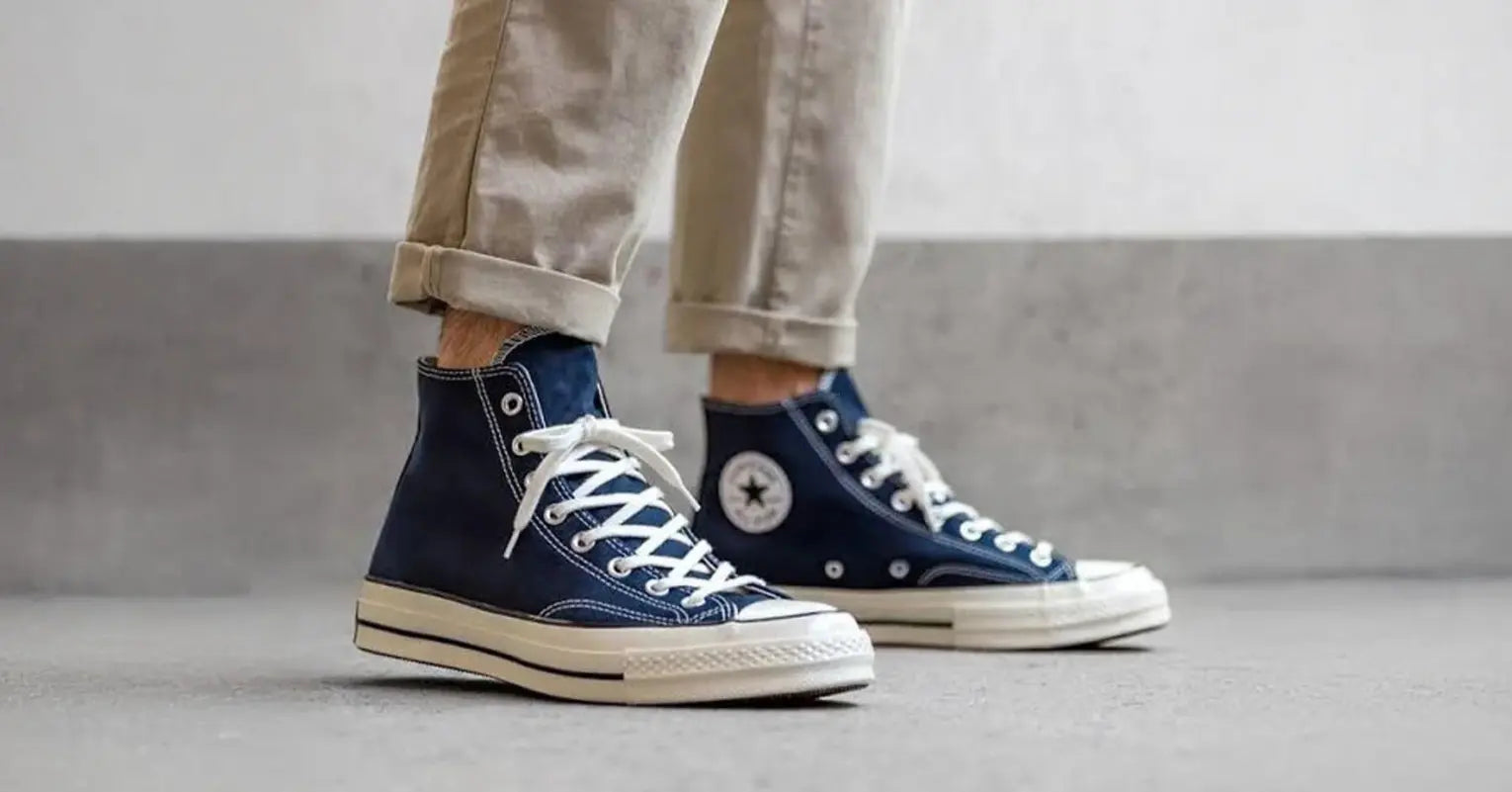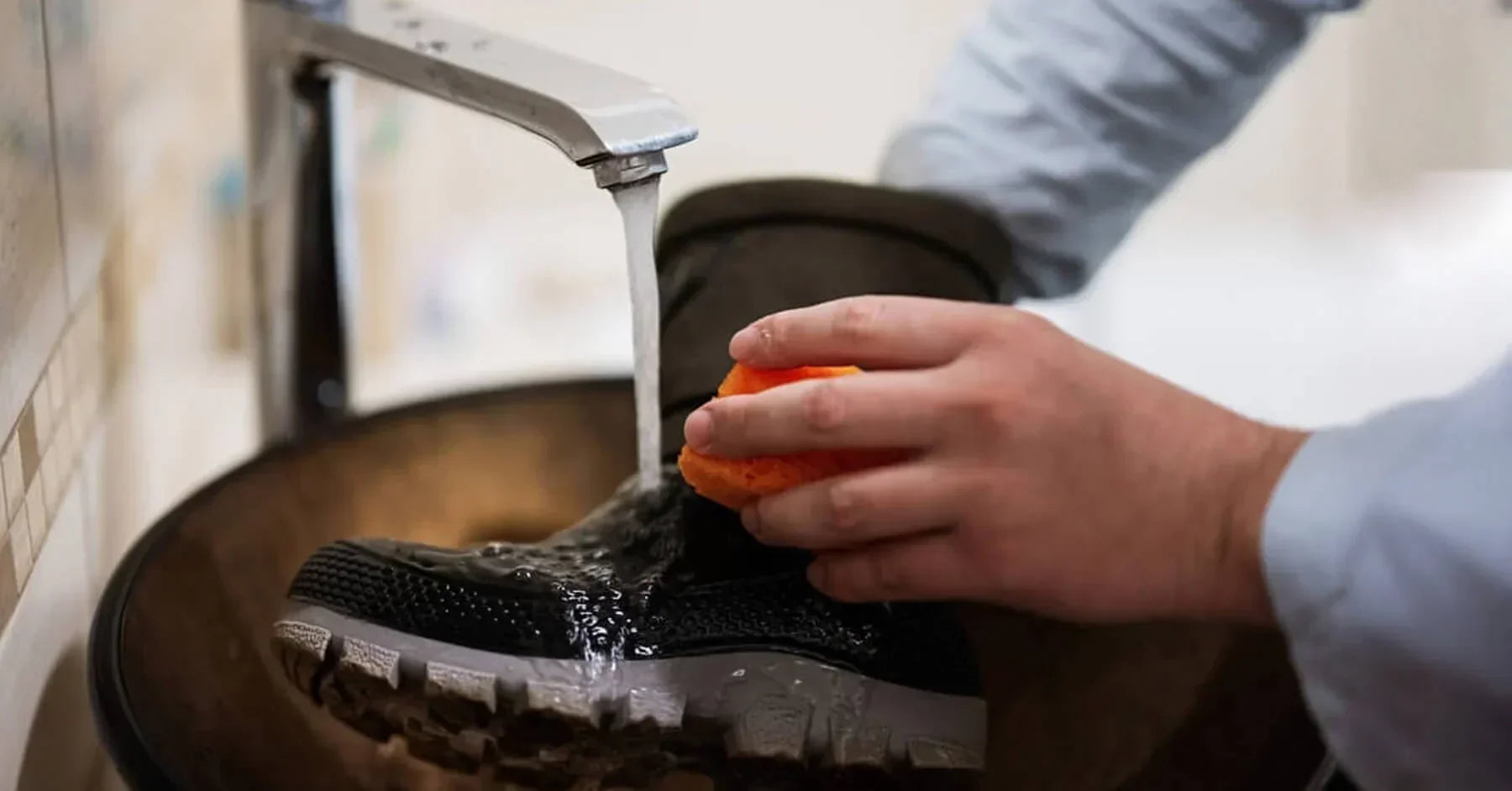
Flat-soled sneakers 101: Pros and cons explained by SHOEGR
Sneakers come in many styles and shapes. One of the most common types is the flat-soled sneaker. These are shoes with a flat sole and no raised heel. Many people wear them every day because they are easy to walk in and look great with casual outfits.
At SHOEGR, we love sneakers. But we also believe you should know what you’re wearing. In this blog, we will explain the pros and cons of flat-soled sneakers and when they are a good choice. We will also share how to take care of them using the right shoe care accessories.
Let’s get started!
What Are Flat-Soled Sneakers?
Flat-soled sneakers are exactly what they sound like—shoes with minimal arch support or cushioning under the foot. The sole is usually level from heel to toe, with little to no drop (the difference in height between the heel and the front of the shoe).
Some popular flat-soled sneakers include:
- Converse Chuck Taylor All Stars
- Vans Old Skool
- Nike Blazers
- Minimalist leather sneakers
These sneakers are common in gyms, skate parks, and even as everyday wear.
✅ Pros of Flat-Soled Sneakers
1. Great for Lifting and Gym Workouts
Flat soles give you a stable base when lifting weights. That's why many athletes prefer them for exercises like squats and deadlifts. A flat surface keeps your feet grounded, helps with balance, and gives you more control over your movements.
Perfect for:
- Strength training
- CrossFit
- Functional fitness workouts
Why this is good:
You can push through your heels with better control and form.
2. Better Foot Engagement
With no added heel cushioning, your foot can engage more naturally with the ground. This encourages better posture and strengthens foot muscles over time.
Flat soles promote:
- Natural foot movement
- Better balance
- Foot muscle activation
3. Stylish and Minimalist Look
Let’s be honest—flat-soled sneakers look cool. Their clean, simple style goes well with jeans, shorts, joggers, or even casual outfits. You can rock them every day and stay comfortable while doing it.
4. Affordable and durable
Most flat-soled sneakers don’t come with high-tech cushioning systems, which means they often cost less than high-performance trainers. They're also simple in construction, making them easy to clean and maintain.
5. Easy to Clean and Maintain
Most flat-soled sneakers are made of canvas or leather. These materials are easy to clean if you use the right shoe cleaning kit.
❌ Cons of Flat-Soled Sneakers
1. Lack of Arch Support
One of the biggest downsides is the lack of arch support. If you have flat feet or high arches, wearing flat-soled sneakers all day can lead to foot pain or fatigue.
Not recommended for:
- Long-distance walking
- Running
- People with plantar fasciitis
2. Minimal Cushioning
Flat soles don’t absorb shock very well. If you’re walking on hard surfaces for long hours, you might feel the strain on your heels, knees, and back.
While this might not be an issue for short outings, it can cause discomfort over time during extended wear.
3. Not Ideal for High-Impact Sports
Flat-soled sneakers are not made for running, jumping, or sports that involve a lot of movement. They don’t provide the grip, support, or cushioning you need to prevent injuries.
Instead, opt for running shoes or cross-trainers if you’re playing sports or doing cardio workouts.
When should you wear flat-soled sneakers?
1. Lifting Weights:
Flat-soled sneakers are great for weightlifting. When you lift weights like squats or deadlifts, you need a stable and flat base.
2. Short Walks:
If you're going for a quick trip to the store or a walk around the block, flat sneakers are a comfy and easy choice.
3. Daily Casual Wear:
Flat-soled sneakers look good and feel good for everyday activities.
4. Skateboarding or BMX:
Flat sneakers give you a solid grip on the board or bike pedals.
5. Fashion-Forward Looks:
Flat sneakers are often part of trendy or minimal outfits. They come in clean designs and popular colors that make them perfect for fashion lovers.
🚫 Avoid Flat-Soled Sneakers For:
1. Running or Jogging:
Running needs proper arch support and cushioning. Flat sneakers don’t have that.
2. Long Hikes:
Going for a hike means walking on uneven and rough ground. Flat-soled shoes don’t give enough support or grip for this.
3. Extended Periods on Your Feet:
If you’re standing for a long time—like at work, events, or travel—flat sneakers can become uncomfortable.
4. High-Impact Sports:
Sports like basketball, tennis, or soccer need shoes that can handle jumping, running, and sudden stops.
Pro Tips: Keep Your Flat Sneakers Clean
Flat-soled sneakers may be simple. but they can still get dirty fast - especially if they're white or made from canvas or suede. A shoe cleaning kit helps you maintain them the right way.
For suede models like Vans or Nike SB Blazers, use a suede shoes cleaner kit to avoid water damage and keep the material fresh.
Final Thoughts
Flat-soled sneakers offer a mix of style and functionality. They’re great for specific activities like lifting and skate boarding, but they may not be ideal for every foot type or activity. Understanding their pros and cons helps you make smarter choices—and saves your feet from future pain.


